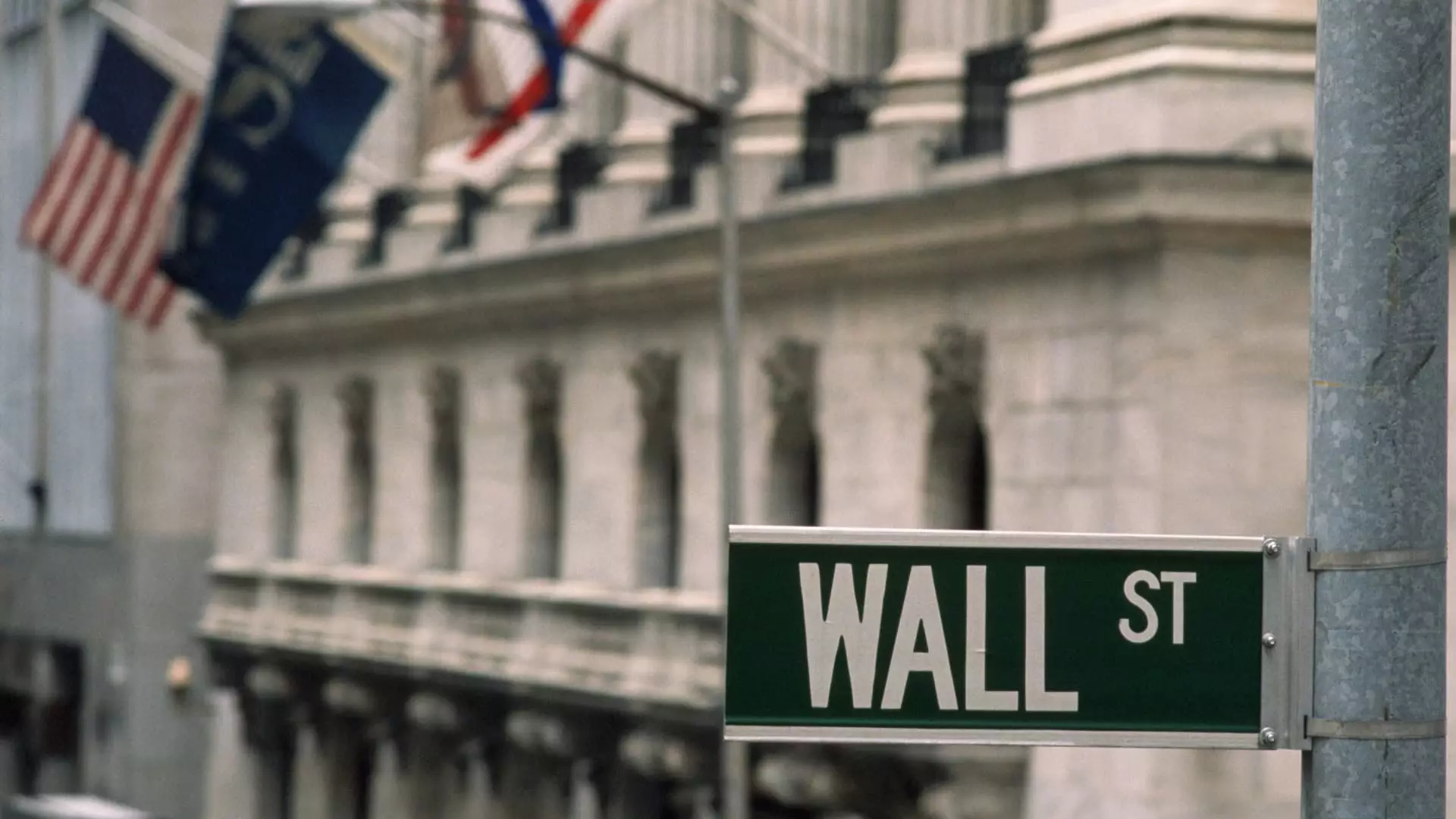As 2025 unfolds, the initial public offering (IPO) landscape exhibits mixed signals amidst a flurry of new entries. Over a dozen companies have launched their stocks, yet the market’s response has largely been lukewarm. Nasdaq president Nelson Griggs remains optimistic, suggesting that a resurgence in the IPO market may be on the horizon. “I believe we will see significant activity in the latter half of the year,” he stated during a recent interview on CNBC’s “ETF Edge.” Despite the tentative beginnings of the year, Griggs points to ongoing activity as a precursor of increased momentum.
Griggs metaphorically likened the IPO market to a pendulum swinging between private and public investment phases. This analogy underscores the cyclical nature of investment climates. The notion that three consecutive years of subdued capital influx in public markets could lead to a backlog of potential IPOs is particularly noteworthy. This backlog represents an untapped reservoir of companies eager to access public funding but hindered by market conditions. Despite the anticipation surrounding these IPOs, the reality remains complex.
However, the road to a successful IPO is not devoid of obstacles. Take Panera Brands, for instance, which has encountered persistent challenges in its pursuit of public funding. Its struggles illustrate the rigorous requirements and market pressures companies face during this transition. In contrast, Twin Peaks—another recent IPO—has emerged as a strategic spinoff of Fat Brands. This move appears primarily aimed at addressing financial obligations such as debt repayment rather than capitalizing solely on growth potential, indicating a strategic but cautious approach to the public market.
Interestingly, even emerging and technology-centric firms, notably in the AI sector like OpenAI, seem to thrive in the private sphere. These companies are demonstrating a significant ability to attract capital without the pressures of an IPO. Griggs acknowledges that recent advancements in private markets have innovated fundraising methods, providing startups with liquidity alternatives that lessen the urgency to go public. “There is a massive convergence of public and private,” he noted, emphasizing that while private investment avenues have expanded, they do not negate the fundamental benefits of public market participation.
Yet, Griggs remains hopeful that the recent innovations in the investment landscape will not permanently alter the allure of public offerings. He suggests that changing market dynamics may soon re-establish the incentives for companies to pursue IPOs more aggressively. The combination of a robust pipeline of prospective IPO candidates and the evolving needs of investors heralds an intriguing chapter for the market, compelling stakeholders to reconsider the traditional pathways to capital. As we progress through 2025, the interplay between public and private investments promises to shape the narrative of the IPO landscape, with potential transformations on the horizon.

